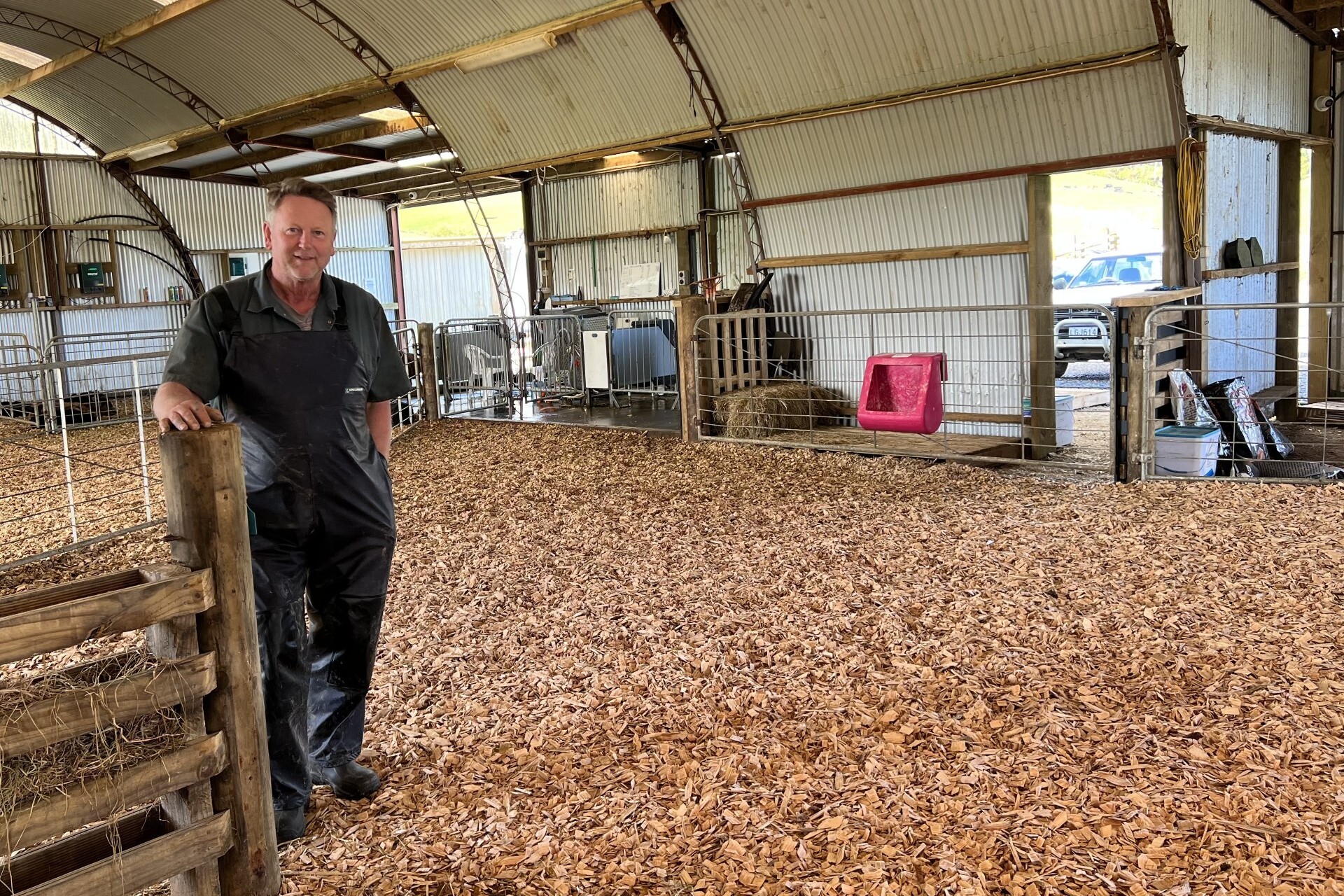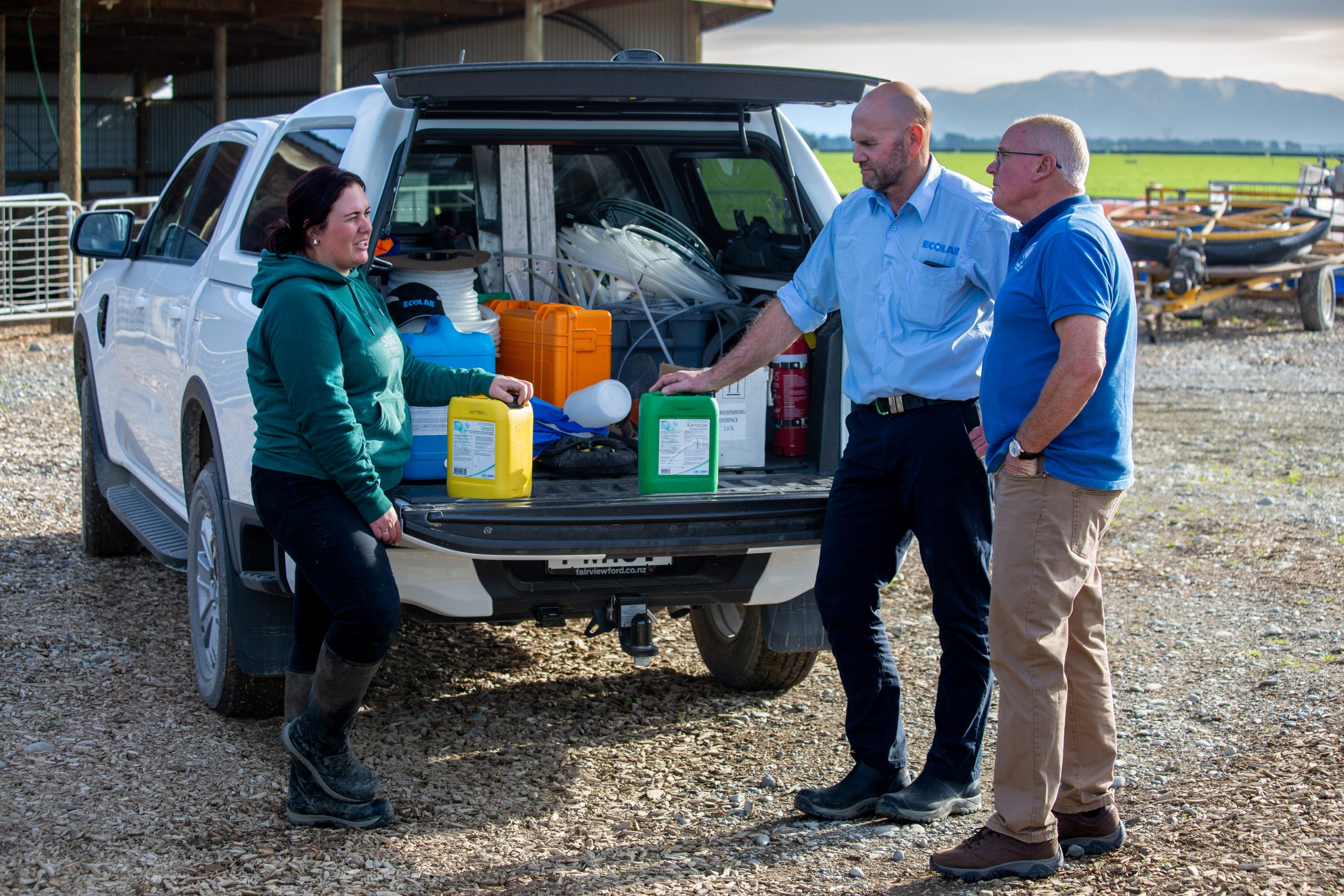Words by: Bob Edlin
The Purebred Jersey Breed Society (NZ), “committed to keeping the Jersey breed 100% pure” according to its website, did not make a submission to the Ministry for Primary Industries review of the dairy herd improvement regulations.
“We don’t get supplied with information from the ministry sent to other breed societies and I was unaware of the consultation,” society president John Schnuriger told Dairy Exporter.
The review team did receive a submission from Jersey NZ, which describes itself on its website as a nonprofit member organisation “dedicated to making Jersey New Zealand’s number one breed”.
The regulatory regime that underpins herd improvement depends on the collection of comprehensive, accurate, and continuous data to inform decisions on herd management and breeding.
MPI sought industry feedback late last year during its review of the regulatory regime.
The consultation ran from October 1 to November 12.
The review is centred on ensuring the regulated (“core”) dataset remains well aligned with the dairy industry’s current and future animal evaluation needs. Other issues include monitoring of and reporting on the use of core data.
Purebred Jersey Breed Society (NZ) stores its breeding information on its own database called Stud Facts.
“This is solely for animal registrations, classification and our bull proofs for conformation,” Schnuriger said.
His members contribute also to the dairy industry’s regulated database (“but we have no say in it”). They use it for herd test results, mating recordings and other information which they and other dairy farmers provide.
Schnuriger said MPI should treat all breed societies equally and his organisation should have been consulted about the review of the herd improvement regulations and governance of the core database.
Responding to this, a ministry spokeswoman said MPI has relatively infrequent contact with the breed societies.
“We endeavour to ensure that stakeholders are advised of important developments, but cannot guarantee that all interested parties will be individually contacted,” she said.
“However, all consultation documents, including this one, are published on MPI’s website and accompanied by a press release, meaning that interested parties have access to the relevant information.”
The two rival Jersey breed organisations sprang from a meeting of about 200 breeders in Midhirst in 1988 who voted to split ranks with what then was the New Zealand Jersey Cattle Breeders Association.
Ian Smith, a Purebred society board member who milks about 125-130 Jerseys near Matamata, recalled the meeting.
Members of what he calls “the old society” had been grading up cattle.
“We wanted the purity of the breed to be retained at all times and any grading-up cattle to be identified so you would know there was doubt about the purity of an animal’s background,” he said.
“The old society wasn’t prepared to guarantee it would implement such a system.
“The only option we saw to protect our breed was to set up a society that did just that.”
Attempts to bring the societies together since then have broken down on the Purebred breeders’ refusal to compromise on the information recorded in their herd book.
Pam Goodin, general manager of Jersey NZ, said her organisation always allowed the breeders who formed the Purebred society to restrict their breeding to sires from Jersey Island.
“The ability to ‘grade up’ an animal to full Jersey pedigree is clearly defined in our rules, and suffixes added to the registered names indicate that there may be a percentage of non-Jersey in any given animal,” she said.
Since 2008, Jersey Island has opened its herd book and now allows the use of overseas genetics, she pointed out.
Goodin said Jersey NZ has about 650 members (including many Purebred members).
Schnuriger said the Purebred Jersey Breed Society (NZ) has 70 or so members, concentrated mainly in Taranaki and Waikato, and estimated the pure Jersey herd at 10,000-20,000.
He salutes the uncompromising Jersey breeders, saying the numbers who went with them gave the Purebred society the base to continue.
He hadn’t been breeding Jerseys at the time of the split (he comes from a Holstein Friesian background) but was running 200 purebred Jerseys at Te Kowhai, near Hamilton, until retiring from dairying last year.
He now runs a few cattle on a small block at Newstead, just behind LIC and not far from Dairy NZ.
He questions the drive for cross-bred cows – particularly from those neighbouring organisations — to produce the most efficient cows.
“By doing this it’s only a matter of time when all the breeds die out,” he said.
He is confident NZ is the only country that can claim to have kept other breeds out of the pure Jersey herd and says the purity of a breed must be established through records going back to the original herd books without a break in an animal’s lineage.
When there is a break in the records or if someone has included a mating but doesn’t know the sire, the animal no longer can be regarded as pure.
“Grade cattle can’t be graded up into purity,” Schnuriger said.
“If you are looking for a purebred animal, our register is where you will find it.”
He said he was unaware that LIC or CRV had Jersey sires that qualify under Purebred Jersey standards.
LIC affirmed it did not have purebred Jersey sires.
“We have pedigree Jerseys,” a spokeswoman said. “Our sire catalogue (2018) is on our website…”
A Jersey is classified as pedigree once the animal has four generations of pedigree animals in its lineage, she explained.





